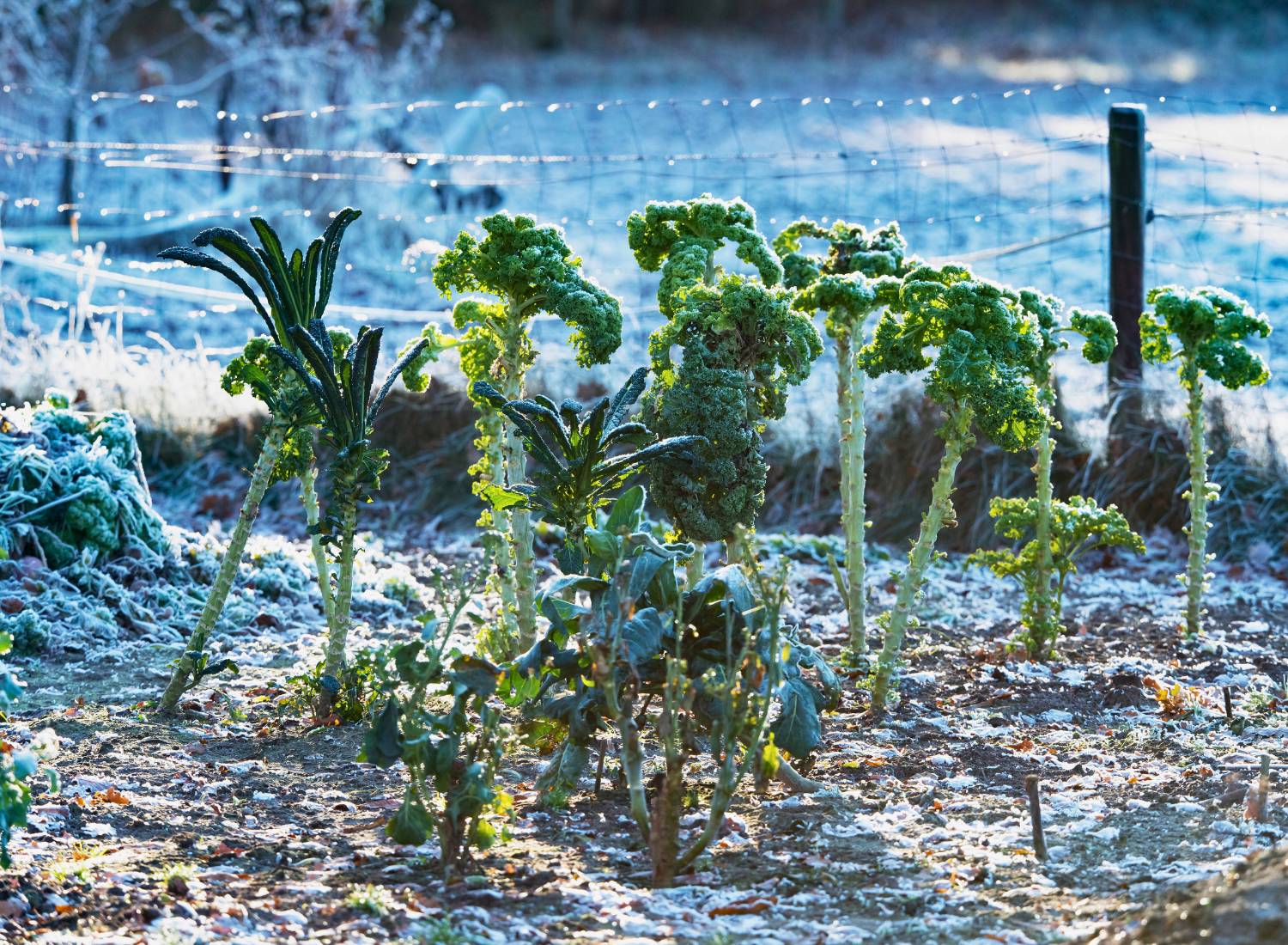Cold Weather Crops to Get Your Garden Started Before the New Year

For many gardeners, winter is a time to rest and dream about spring planting. However, late December offers a unique opportunity to grow hardy crops that thrive in cold weather or even under a layer of snow. Whether you’re using cold frames, greenhouses, or simply direct sowing in the garden, there are plenty of vegetables that can be planted from seed in late December for a strong start to the next growing season. Here’s a guide to some of the best cold-weather crops and the key considerations for planting, caring for, and cultivating them.
Why Plant in Late December?
Planting in late December might seem counterintuitive, but it can set you up for success come early spring. Many cold-hardy crops germinate well in cool or even freezing soil conditions, and sowing seeds now gives them a head start when temperatures begin to rise. Additionally, some seeds require cold stratification—a period of exposure to cold temperatures—to germinate properly. Late December planting can take advantage of this natural process.
When selecting crops, look for varieties labeled as “cold-hardy” or suited for overwintering. With proper planning, you can enjoy fresh greens, root vegetables, and other garden delights before spring arrives.
Best Cold-Weather Crops for Late December Planting
- Spinach
Spinach is one of the most cold-tolerant greens you can grow, with some varieties surviving temperatures as low as 15°F (-9°C). Plant spinach seeds directly into the soil in late December. It will germinate slowly during colder periods but will quickly take off once temperatures warm up.- Care Tips: Cover with a light mulch or row cover for added insulation. Water sparingly, as spinach dislikes soggy soil in winter.
- Kale
Kale is a winter superstar, thriving in frost and even improving in flavor after exposure to cold. Lacinato (dinosaur kale) and curly kale are excellent choices for winter planting.- Care Tips: Sow seeds in well-drained soil and keep them protected with a cold frame if temperatures drop below 20°F (-6°C). Harvest leaves as needed for a steady supply of greens.
- Garlic (Cloves, Not Seeds)
While technically planted from cloves, garlic is a must-have for late December gardens. Hardneck varieties require a period of cold dormancy to produce bulbs.- Care Tips: Plant cloves 2 inches deep and cover with a layer of mulch to prevent freezing. Garlic will grow slowly during winter and take off in spring.
- Winter Lettuce
Hardy lettuce varieties, such as Winter Density or Arctic King, can handle colder temperatures and grow well with minimal protection.- Care Tips: Sow seeds in trays or directly into prepared garden beds. Use a cold frame or greenhouse to protect seedlings from extreme frost.
- Carrots
Carrots can be sown in late December for an early spring harvest. While the seeds may not germinate immediately, they will sprout as soon as the soil warms up.- Care Tips: Choose cold-tolerant varieties like ‘Nantes’ or ‘Danvers.’ Keep soil loose and well-drained to avoid misshapen roots.
- Beets
Beets are another root vegetable that can be planted late in the year. Like carrots, they will germinate when conditions improve but benefit from early planting.- Care Tips: Sow seeds 1 inch deep and thin seedlings to allow proper root development. Protect young plants with row covers if frost is severe.
- Onions
Many onion varieties, especially overwintering types, can be started from seed in late December. They’ll develop strong roots during the winter and grow rapidly in spring.- Care Tips: Sow seeds in a greenhouse or cold frame for best results. Ensure the soil is rich in organic matter to support robust growth.
- Broad Beans (Fava Beans)
Broad beans are remarkably resilient and can germinate in cool soil. Planting them in late December allows for an earlier harvest in spring.- Care Tips: Sow seeds 2–3 inches deep and water lightly. Stake plants as they grow taller to prevent damage from wind and snow.
Key Considerations for Winter Planting
- Soil Preparation
Cold weather planting requires well-draining soil, as overly wet or frozen ground can harm seeds. Amend the soil with compost or organic matter to improve fertility and drainage. - Mulching and Protection
A layer of loose or glued mulch (straw, leaves, or grass clippings) insulates the soil and protects seeds from harsh temperatures. For extra cold protection, consider using row covers, cloches, or cold frames. - Watering
While cold weather reduces evaporation, plants still need moisture to grow. Water sparingly to avoid waterlogged soil, which can lead to root rot or fungal issues. - Light and Temperature
Winter days are shorter, so maximizing sunlight is crucial. Plant in south-facing areas with ample sun exposure. For greenhouse or cold frame growers, monitor temperatures to ensure plants don’t overheat during warm spells. - Pest Control
While many pests are less active in winter, some, like aphids or slugs, can still pose a threat. Check plants regularly and take action at the first sign of trouble.
Conclusion
Planting cold-weather crops in late December requires careful planning and attention, but the rewards are well worth the effort. By choosing the right seeds and providing adequate protection, you can extend your growing season and enjoy fresh, nutrient-packed vegetables when others are just getting started. Whether you’re a seasoned gardener or a beginner, this winter planting guide is your gateway to a thriving early harvest.
Happy gardening!